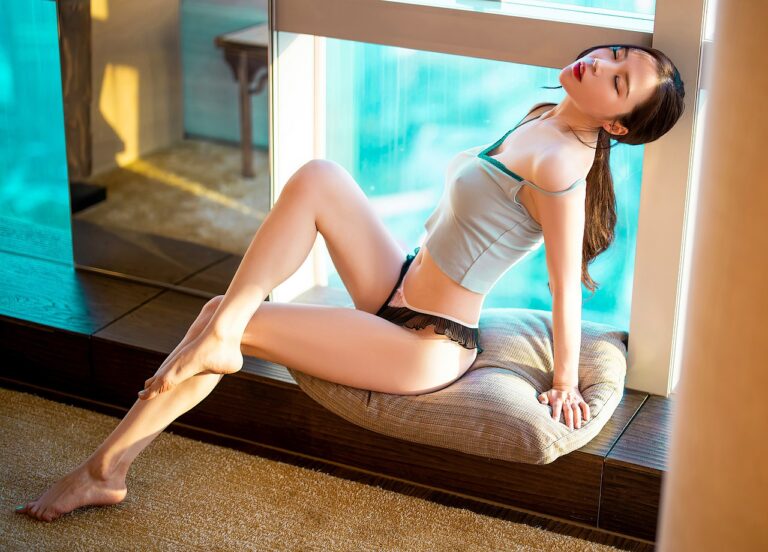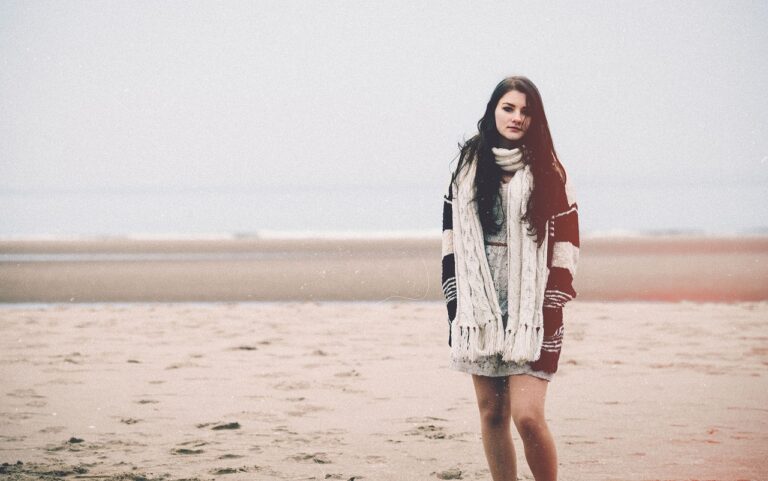Fashion and Gender Expression: Embracing Fluidity in Clothing Choices and Design
Gendered clothing has a long history deeply ingrained in societal norms and expectations. Throughout the centuries, clothing has been used as a way to distinguish and emphasize differences between males and females. This differentiation often extended beyond mere functionality to encompass societal roles, cultural beliefs, and even power dynamics.
In many historical societies, clothing was a significant indicator of one’s gender identity and social status. From elaborate robes and gowns that signified wealth and hierarchy to more utilitarian garments that reflected labor divisions based on gender, clothing played a crucial role in shaping perceptions of masculinity and femininity. These sartorial distinctions not only served as a means of self-expression but also reinforced the conventional gender roles and stereotypes prevalent in society at the time.
Breaking Down Traditional Gender Norms in Fashion
In recent years, the fashion industry has been making significant strides in breaking down traditional gender norms. Designers are increasingly creating collections that challenge the notion of clothing being strictly designated for either men or women. This shift has been well-received by consumers who are seeking more inclusive and diverse options in the clothes they wear.
Fashion shows and campaigns are now featuring models of various gender identities, encouraging a more fluid approach to style. This inclusivity in fashion is not only breaking down stereotypes but also promoting acceptance and representation for all individuals regardless of their gender expression. As this movement continues to gain momentum, the boundaries between men’s and women’s fashion are becoming increasingly blurred, paving the way for a more progressive and inclusive industry.
The Rise of Gender-Neutral Fashion
Gender-neutral fashion is a revolutionary movement in the industry aimed at breaking away from the confines of traditional gender norms. It signifies a shift towards inclusivity and freedom of self-expression, allowing individuals to dress based on personal preferences rather than societal expectations. This evolving trend promotes the idea that clothing should not be restricted by gender categories, but should cater to individual tastes and styles universally.
With an increasing number of fashion brands embracing gender-neutral collections, the mainstream perception of clothing is undergoing a significant transformation. Designers are challenging the binary notions of masculinity and femininity by creating pieces that are more fluid and versatile, appealing to a diverse range of consumers. This shift towards inclusivity not only challenges societal constructs but also encourages a more open-minded and progressive approach towards fashion and self-identity.
What is gender-neutral fashion?
Gender-neutral fashion refers to clothing and styles that are not specifically designed for or restricted to one gender. It allows individuals to express themselves without conforming to traditional gender norms.
Why is there a rise in gender-neutral fashion?
The rise of gender-neutral fashion can be attributed to a growing awareness and acceptance of diverse gender identities. It reflects a shift towards inclusivity and breaking down traditional stereotypes in the fashion industry.
How does gender-neutral fashion challenge traditional gender norms?
Gender-neutral fashion challenges traditional gender norms by offering individuals the freedom to choose clothing that aligns with their personal style and identity, rather than being restricted by societal expectations based on gender.
What is the history of gendered clothing?
The history of gendered clothing dates back centuries, with distinct styles and garments being associated with specific genders. This has perpetuated gender stereotypes and limitations in fashion choices for individuals.
How can individuals incorporate gender-neutral fashion into their wardrobe?
Individuals can incorporate gender-neutral fashion into their wardrobe by opting for styles, colors, and silhouettes that are not traditionally associated with a specific gender. This can include unisex clothing, oversized pieces, and neutral colors.





